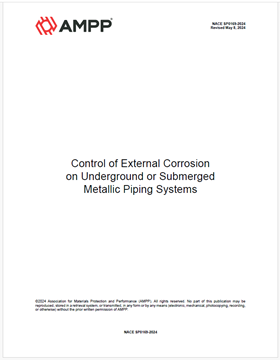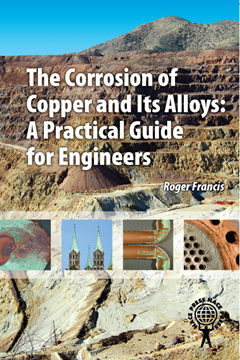Search
Products tagged with 'underground'
View as
Sort by
Display
per page
NACE Publication 05114-2014-SG, "High-Voltage Direct Current Interference"
Product Number:
24254-SG
Publication Date:
2014
$109.00
NACE Publication 10A392-2018 "Effectiveness of Cathodic Protection on Thermally Insulated Underground Metallic Structures"
Product Number:
24156-2018
$109.00
NACE Publication 35103-2003-SG, External Stress Corrosion Cracking of Underground Pipelines
Product Number:
24221-SG
ISBN:
35103
$109.00
NACE Publication 41013-2013-SG, "State-of-the-Art Report: External Corrosion, Assessment and Control of Buried Piping Systems in Nuclear Power Plants"
Product Number:
24252-SG
Publication Date:
2013
$109.00
NACE SP0169-2024, Control of External Corrosion on Underground or Submerged Metallic Piping Systems
Product Number:
NACE SP0169-2024
Publication Date:
2024
$109.00
RP-01-69-1976, Control of External Corrosion on Underground or Submerged Metallic Piping Systems
Product Number:
53002-HD1976
Publication Date:
1976
$179.00
RP-01-69-1983, Control of External Corrosion on Underground or Submerged Metallic Piping Systems
Product Number:
53002-HD1983
Publication Date:
1983
$179.00
TPC 11-2008, A Guide to the Organization of Underground Corrosion-Control Coordinating Committees
Product Number:
25011-SG
Publication Date:
2008
$0.00









